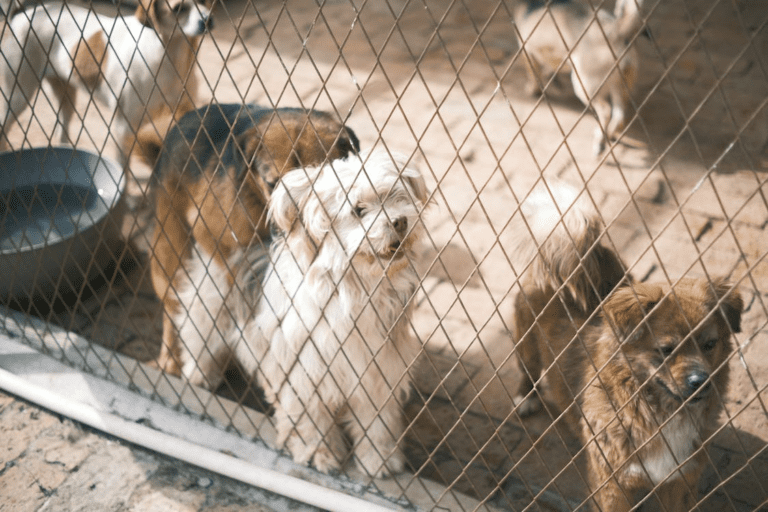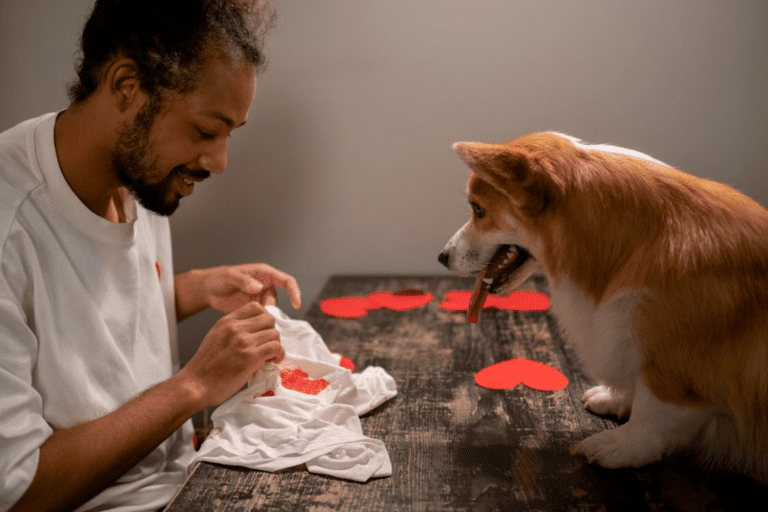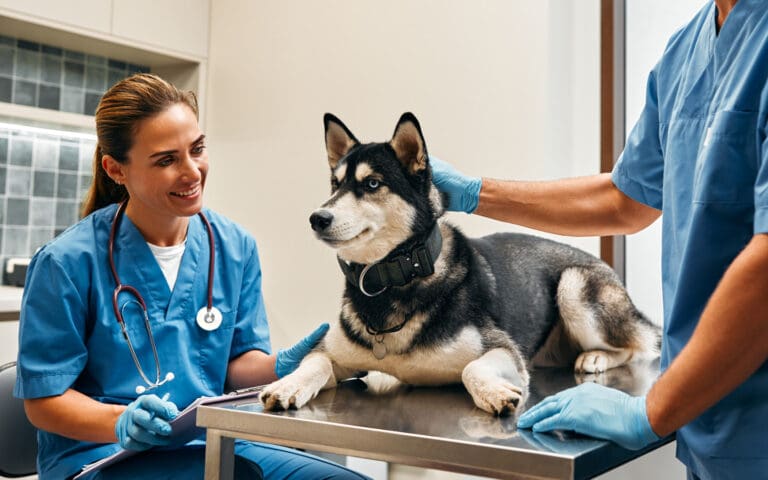Dogs, while beloved family members, can exhibit behaviors that challenge the harmony in a household. Understanding the signs of dominance or unwanted behavior is essential for every dog owner.
This guide explores ten signs that your four-legged friend might be displaying such behavior and offers practical advice on addressing and correcting these issues to ensure a balanced and respectful relationship.
10. They Refuse to Get Off Furniture When Asked

When you ask your dog to get off the couch, do they ignore you or even growl? This behavior indicates your pup thinks they own the furniture. It’s a common issue where dogs make decisions and resist leaving comfy spots. To address this, use positive reinforcement to teach them where they should rest instead, like a dog bed.
9. They Exhibit Possessive Behavior Over Family Members

Your dog growls or barks when others approach you, claiming you as “theirs.” They may block access to you or hoard your attention. This possessiveness can stem from anxiety or learned behavior, indicating your dog feels entitled to control your interactions. Address this behavior early to maintain a healthy relationship.
8. They Bark Excessively for Attention
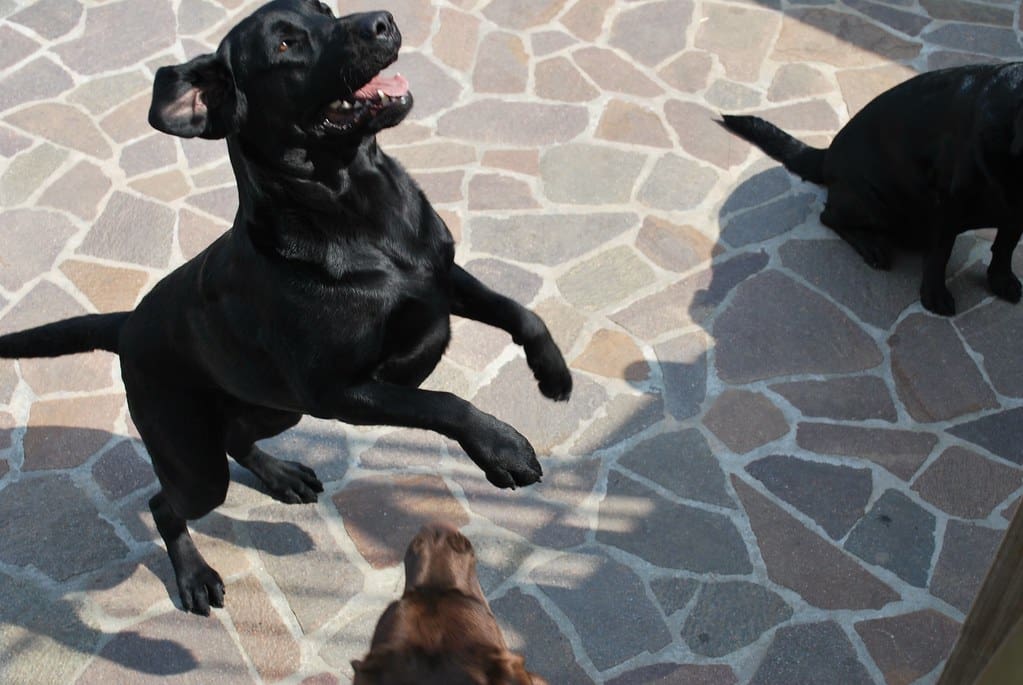
Does your dog bark incessantly when they want something? Attention-seeking barking is a common way dogs try to control their owners. This persistent, high-pitched bark is often directed at you to demand food, play, or attention. If you find yourself constantly responding to your dog’s barks, they may have trained you to be at their beck and call.
7. They Resist Grooming or Handling
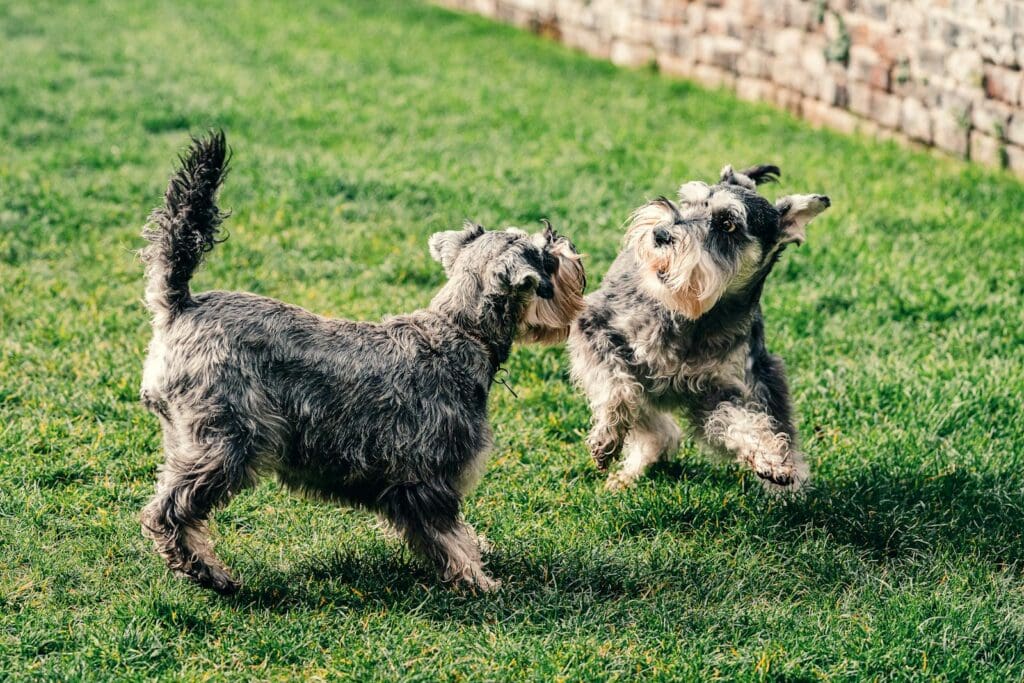
Does your dog turn grooming sessions into wrestling matches? Resistance to grooming or handling can be a sign of your dog asserting dominance. They may view these activities as challenges to their authority. To address this, start with short, positive grooming experiences and gradually increase duration, always rewarding cooperation.
6. They Push Through Doorways First
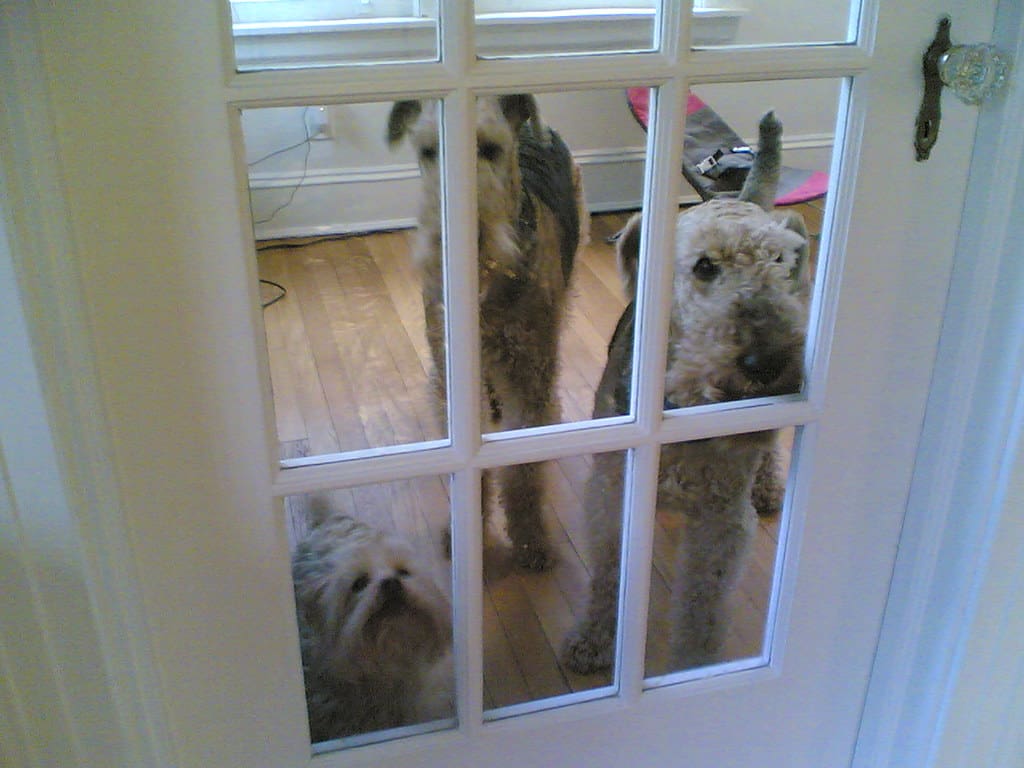
If your dog consistently rushes through doorways ahead of you, they may be asserting dominance. However, this behavior is often due to excitement rather than a power play. Train your pup to wait at doors for your cue, enhancing safety and reinforcing your leadership role in a positive way.
5. They Ignore Basic Commands
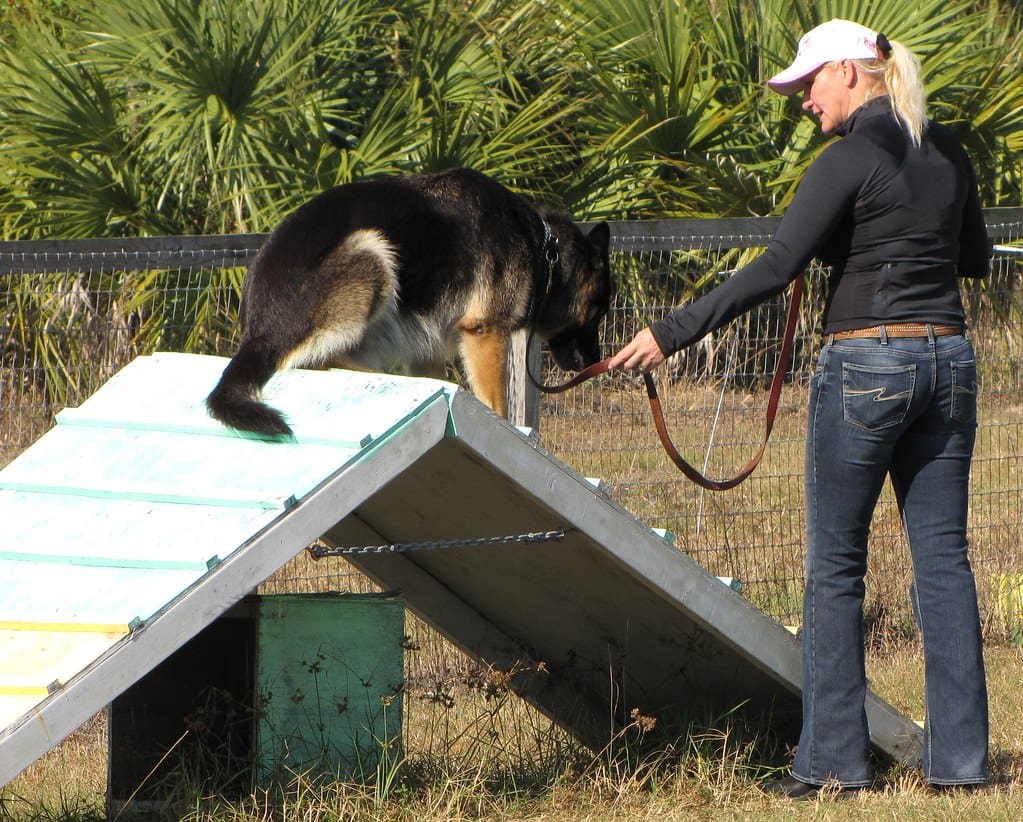
Does your dog conveniently “forget” commands like “sit” or “come” when it doesn’t suit them? This selective hearing is a telltale sign of a canine calling the shots. Dogs may ignore commands due to inadequate training, distractions, or simply because they’ve learned they can get away with it. Consistent training and positive reinforcement are key to reestablishing your authority.
4. They Guard Their Food and Toys Aggressively

Resource guarding is a common behavior in dogs who feel they’re in charge. If your pup growls, snaps, or becomes aggressive when you approach their food bowl or favorite toy, they may be asserting dominance. This behavior can be dangerous and should be addressed through positive reinforcement training to establish healthy boundaries.
3. They Lead During Walks
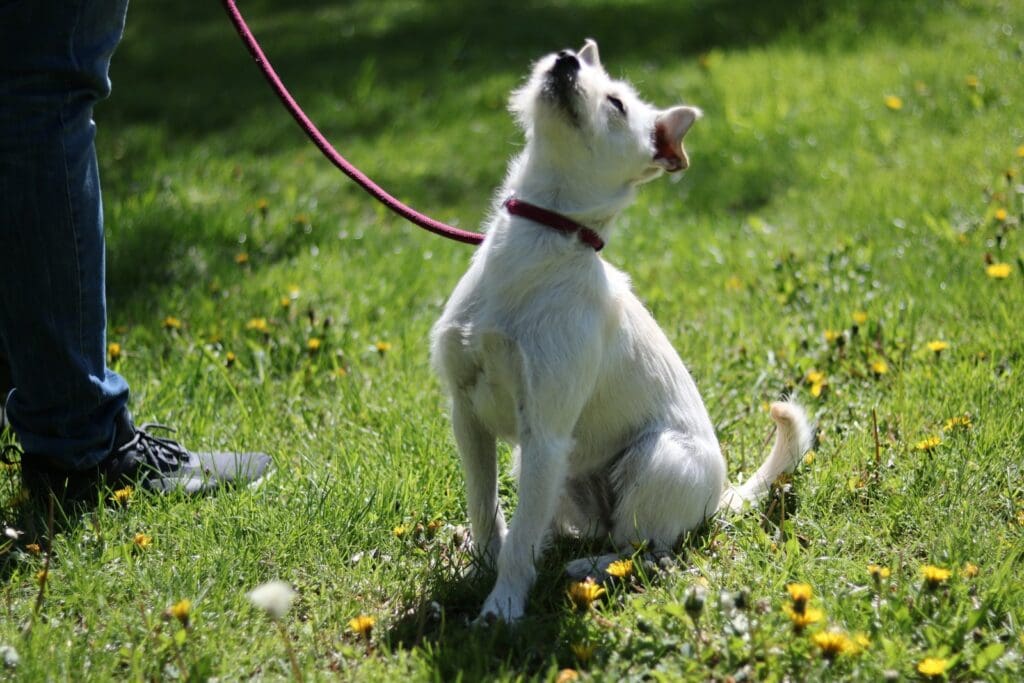
If your dog consistently pulls ahead during walks, they may be asserting dominance. A well-behaved dog should walk beside or behind you, as pack leaders lead the way. Consider implementing a “leadership walk” technique to reinforce your role and improve leash manners.
Read More: Tips for Leash Training Your New Pup
2. They Demand Attention on Their Terms

Your dog nudges you for pets, drops toys in your lap, or barks incessantly when you’re on the phone. These attention-seeking behaviors indicate your pup is calling the shots. They’ve learned that being pushy gets results, effectively training you to respond on their schedule. Ignoring these demands and rewarding calm behavior can help rebalance the relationship.
Read More: 10 Ways to Calm a Barking Dog
1. They Claim Your Favorite Spot on the Couch

When your dog consistently takes over your preferred seat, it’s not just about comfort. This behavior can indicate a desire for dominance or a strong bond with you. Dogs may seek your scent or warmth, asserting their place in the family hierarchy. While often harmless, persistent spot-stealing could signal a need for reinforcing leadership boundaries.


